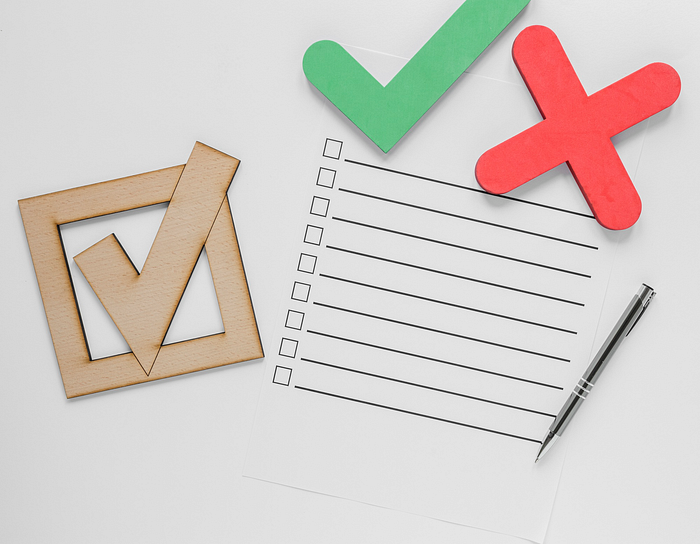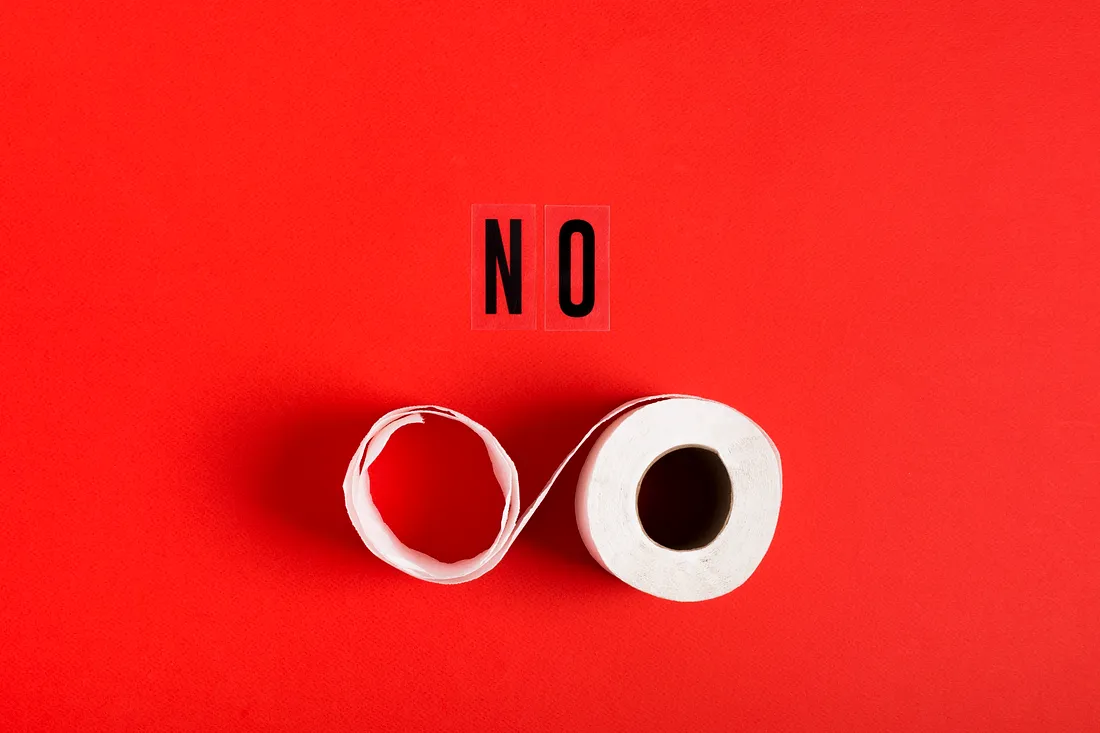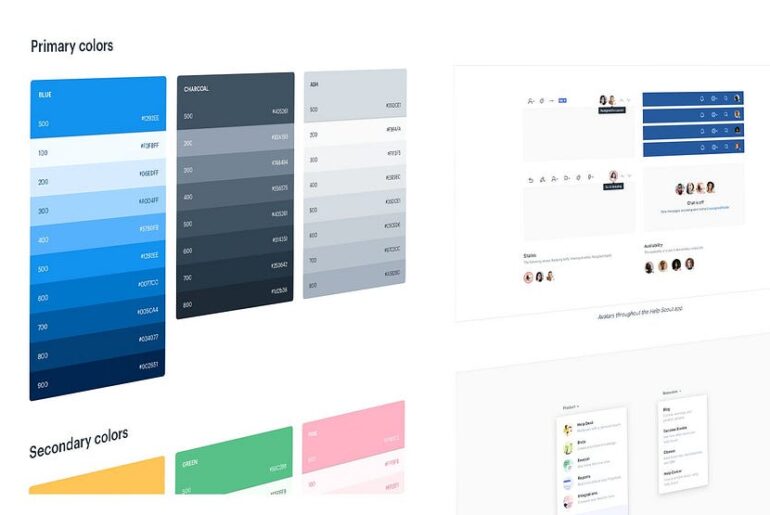Saying “no” doesn’t make you selfish or unhelpful — it makes you thoughtful and strategic.
The Struggle to Say “No”
Saying “no” is one of the hardest things to do, especially when you’re just starting out in your career. Whether it’s fear of disappointing others, losing opportunities, or just wanting to be liked, the idea of rejecting someone can feel impossible. For years, I struggled with this — both as a freelancer and when I joined my first in-house team as a UI/UX designer.
But here’s the thing: saying yes to everything doesn’t just drain your energy — it can damage your relationships, your work quality, and even your reputation.
This is the story of how I learned to say no, and how it helped me regain control of my time, my sanity, and my career.

The Early Days — Saying Yes to Everything
When I first started freelancing, saying no felt like career suicide. I remember one client who kept piling on additional tasks outside the agreed scope. They’d say things like, “Can you just add this one small feature? Oh, and maybe tweak this section too?”
I knew it would take hours of extra work, but I was terrified of losing the client. So I’d agree, hoping they’d see my willingness to go the extra mile. Instead, it usually ended in arguments.
“Why would you charge me more? I thought this was part of the deal,” they’d complain. I felt trapped, scared of asking for more money or setting boundaries, because what if they left and never paid me? Worse, what if they badmouthed me to others? That fear of rejection kept me locked in a cycle of overcommitting and undercharging.
Things didn’t get much better when I joined an in-house team. I was just as afraid to say no to after-hours work or to push back against unreasonable client requests. I remember one particularly absurd task where a client wanted something done overnight for a morning meeting. I sacrificed sleep, finished it by sunrise, and delivered it just in time — only for them to say
“Oh, actually, we’re rescheduling the meeting.”
The Cost of Never Saying No
The consequences of my inability to say no were brutal. I wasn’t just overworked; I was burnt out. Deadlines started slipping because I was juggling too many commitments. And while I always aimed for perfection in my work, the stress of being overloaded made everything take longer, which frustrated both my clients and my teammates.
Looking back, I realize how much damage I did to myself and my relationships. Burnout wasn’t just a feeling — it was an actual roadblock to delivering my best work. It also drained my personal life. I’d fall asleep at my desk, barely get four hours of sleep, and have no energy left for friends or family.
The worst part? People didn’t respect me more for saying yes all the time. If anything, they started to take me for granted. When you’re the person who always says yes, it creates an image that you’re not thoughtful about your decisions — that you’re just trying to please everyone.
The Turning Point
The shift came in two parts.
First, I stumbled across a video by Chris Do about managing clients and avoiding burnout. He explained that saying no to small requests allowed you to say yes to the right ones. It was such a simple idea, but it hit me hard.
Why was I wasting energy on endless small tasks when I could focus on fewer, higher-value projects?
The second moment came when I watched my design lead push back against a client who demanded three extra pages — completely out of scope — without additional payment. My lead calmly but firmly explained why the request didn’t make sense from a UX perspective and how it wasn’t part of the agreed work. To my surprise, the client didn’t get angry. Instead, they respected his stance and even approved additional payment for future work.
I started experimenting with saying no, and while it felt awkward at first, I quickly noticed the difference.
Saying no wasn’t just about protecting my time — it was about showing authority and professionalism.
When I backed up my decisions with clear reasoning, clients started trusting me more.

Building a “No” Mentality
One of the first things I did was stop saying yes immediately. If someone made a request, I’d pause and assess whether it aligned with the project’s goals.
For example, when teammates would ask me to QA designs on the spot, I’d reply, “Sorry, I’m busy right now. Can we book a time later?” To my surprise, most people were completely fine with this.
For clients, I created a structured process. I’d prepare detailed project plans outlining what was included in the scope and what wasn’t. If they asked for additional features, I’d refer back to the plan and explain the extra costs or time required. This small step made a huge difference. Clients saw it not as rejection, but as a sign of professionalism.
Even with managers, who I was most afraid to say no to, setting boundaries became easier once I realized they respected well-reasoned pushback. Instead of piling on tasks, they’d help reallocate my workload or find solutions that worked for everyone.
Lessons Learned (and How to Say No with Confidence)
The biggest lesson I’ve learned is that saying no doesn’t make you a bad employee, freelancer, or team player. In fact, it often has the opposite effect. Here’s why:
- Respect and Trust: Saying no when appropriate shows that you’re thoughtful and strategic, not someone who jumps at every request without considering the impact. This earns you respect and positions you as an expert.
- Better Time Management: By avoiding overcommitment, you can focus on delivering high-quality work for the tasks that truly matter.
- Healthier Relationships: Setting boundaries prevents resentment and ensures that both you and your collaborators have realistic expectations.
For anyone struggling with this, my advice is simple
Don’t be afraid to say no.
When you do, explain your reasoning. It’s not about rejecting people — it’s about prioritizing what’s important. By saying no to the wrong things, you leave room to say yes to the right ones.
A Hard Lesson: When Saying Yes Backfired
In 2019, a close friend asked me to design a website for their detailing shop. I was drowning in work at the time, but I felt guilty turning them down. So I said yes. Big mistake.
Because of my already overloaded schedule, I couldn’t give the project the attention it deserved. Deadlines slipped, communication broke down, and my friend grew frustrated.
One day, during an argument, they said, “If you didn’t have time, you should have just said no.” That hurt — but they were right. I’d let them down, and it was entirely avoidable. It taught me a painful but important lesson: saying yes out of guilt doesn’t help anyone.
What’s more, I realized that if people truly care about you — whether personally or professionally — they’ll understand your reasons for declining and won’t hold it against you. My friend didn’t get mad because I said no; they got mad because I said yes and failed to deliver.
That was a wake-up call.
When you set boundaries, the people who respect you will see it as a sign of your thoughtfulness and integrity, not a rejection. In the long run, saying no preserves trust, because it shows you’re committed to delivering quality instead of overcommitting and falling short.

Learning to say no changed my career and my life. It wasn’t easy at first — there’s always that nagging fear of disappointing people or losing opportunities. But over time, I realized that saying no isn’t about rejection — it’s about respect. Respect for your own time and energy, and respect for the people you work with. When you prioritize what matters, everyone wins.
So, to anyone reading this: don’t be afraid to say no. It doesn’t make you selfish or unhelpful — it makes you thoughtful and strategic. And in the long run, it’s one of the best ways to deliver your best work and build lasting relationships. Trust me, it’s worth it.





